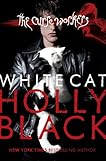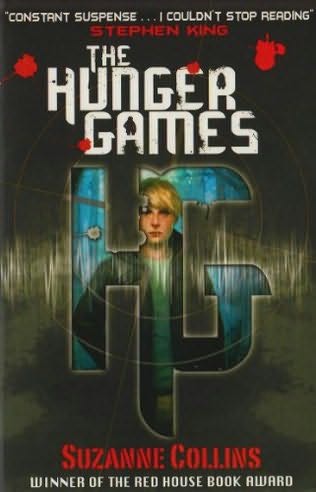And so I knew how the story of the shuttle launch would end before I opened this book ~

Somehow, I ended up gasping when it happened all the same.
TAKING OFF is about a girl named Annie, a high school senior growing up in a community of NASA engineers but worshipping words instead of numbers, colors instead of computations. She wants to be a poet but sees that dream and college as completely out of reach until serendipity drops her at a dinner party in the seat next to Christa McAuliffe.
McAuliffe, the New Hampshire teacher chosen for NASA’s teacher-in-space program, exudes an energy that Annie can almost touch, so different from her own guarded outlook on life. Inspired by McAuliffe’s charisma, drive, and infectious zest for life, Annie vows she’ll be there for the launch. She sets the wheels in motion for a road trip to Florida with her father and a handsome young friend of his, which doesn’t sit well with Annie’s long-time boyfriend, Mark.
What happens on that trip – in her father’s broken-down art-car, at Epcot, on the beach, and ultimately on a cold morning at Cape Canaveral, will change everything Annie thought she knew.
This book made me laugh and cry. It made me sigh with some of the most beautifully written passages, and it made me think about the connections that art and poetry share with math and science. As a writer married to a weather geek scientist, I particularly appreciated the bridges this book builds between the two.
But mostly, I was swept up in the emotion of this coming-of-age story.
I knew what was going to happen. I did.
But that didn’t stop me from crying. It didn’t stop me from feeling everything Annie felt when the shuttle exploded. I might as well have been there with her, watching a teacher’s dream of flying in space come true, then end in cloud of white smoke in a blue sky in a matter of minutes. It didn’t matter that I knew. Not one bit.
That, my friends, is great writing.
TAKING OFF is due out from Walker/Bloombury in January 2011.





 Let’s see…where to start with this one…
Let’s see…where to start with this one…
 I already posted a book review today, but our phone just rang. It was my mom, home from Thanksgiving dinner at our house, calling to discuss the book that my 12-year-old son and I convinced her to read while she was here.
I already posted a book review today, but our phone just rang. It was my mom, home from Thanksgiving dinner at our house, calling to discuss the book that my 12-year-old son and I convinced her to read while she was here.
 As an English teacher, I’m always looking for ways to bring nonfiction to my reluctant readers. These are kids who haven’t discovered reading for pleasure, and many of them are boys. If I’m lucky, I can sell them on a novel by
As an English teacher, I’m always looking for ways to bring nonfiction to my reluctant readers. These are kids who haven’t discovered reading for pleasure, and many of them are boys. If I’m lucky, I can sell them on a novel by 

 Sherman Alexie is brilliant. But you probably already knew that.
Sherman Alexie is brilliant. But you probably already knew that.
 Jennifer Harris used to be that poor, chubby kid who sat alone in the cafeteria. Well, almost alone. There was Cameron Quick, another social outcast. Another kid living in poverty and living on the fringe of third grade society. He was her only friend and the only person who ever understood Jennifer Harris. And then he disappeared.
Jennifer Harris used to be that poor, chubby kid who sat alone in the cafeteria. Well, almost alone. There was Cameron Quick, another social outcast. Another kid living in poverty and living on the fringe of third grade society. He was her only friend and the only person who ever understood Jennifer Harris. And then he disappeared.